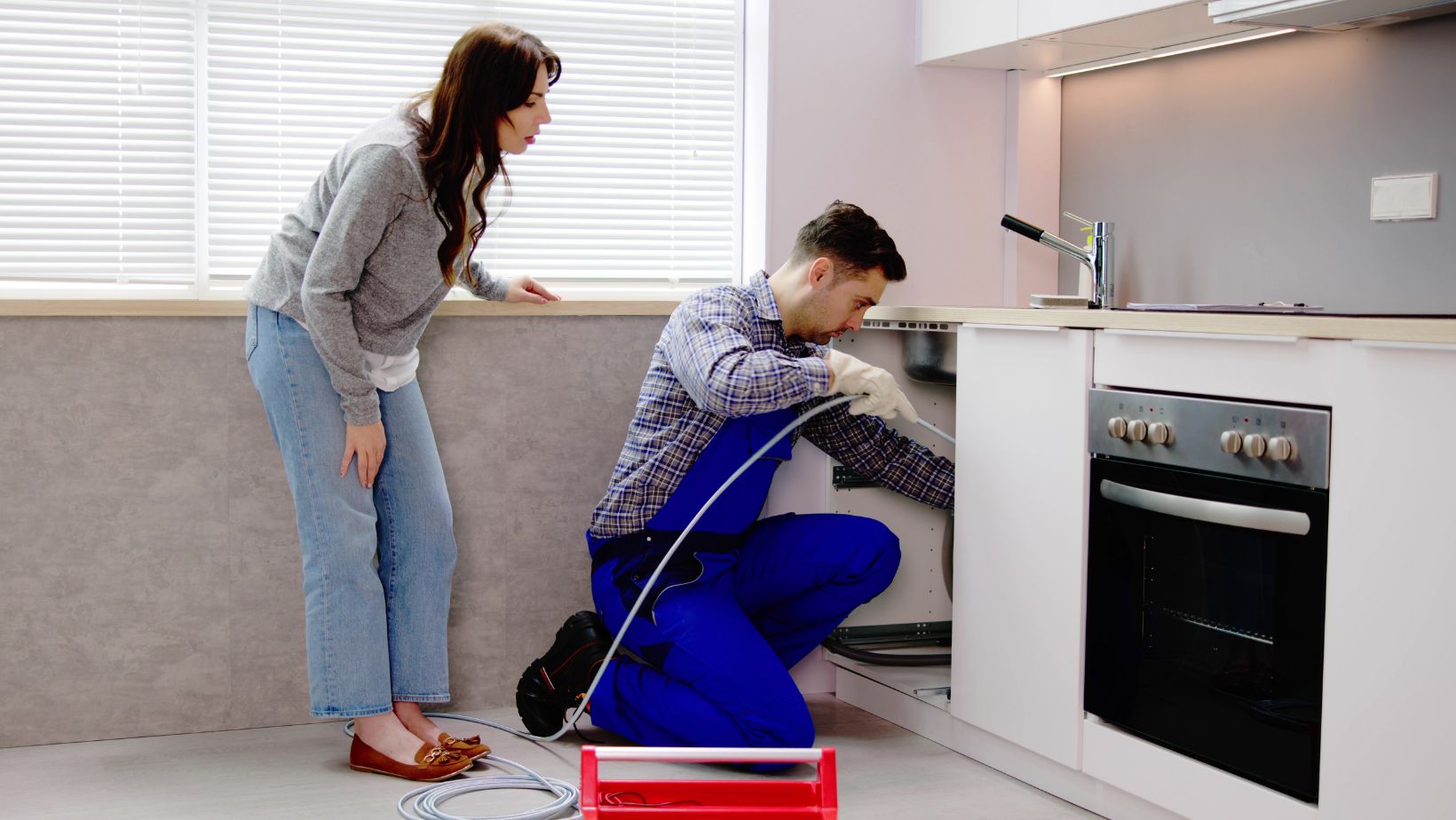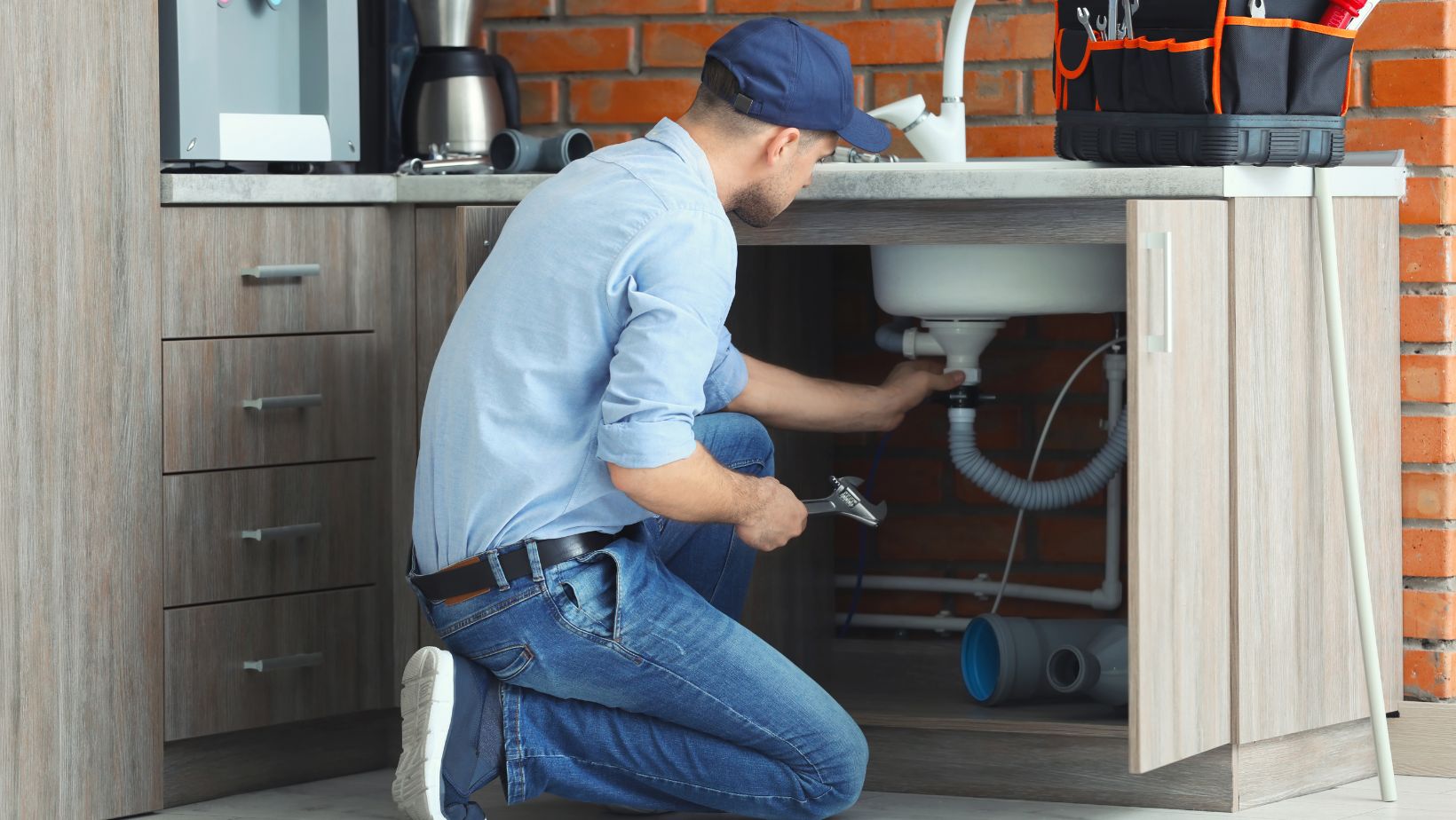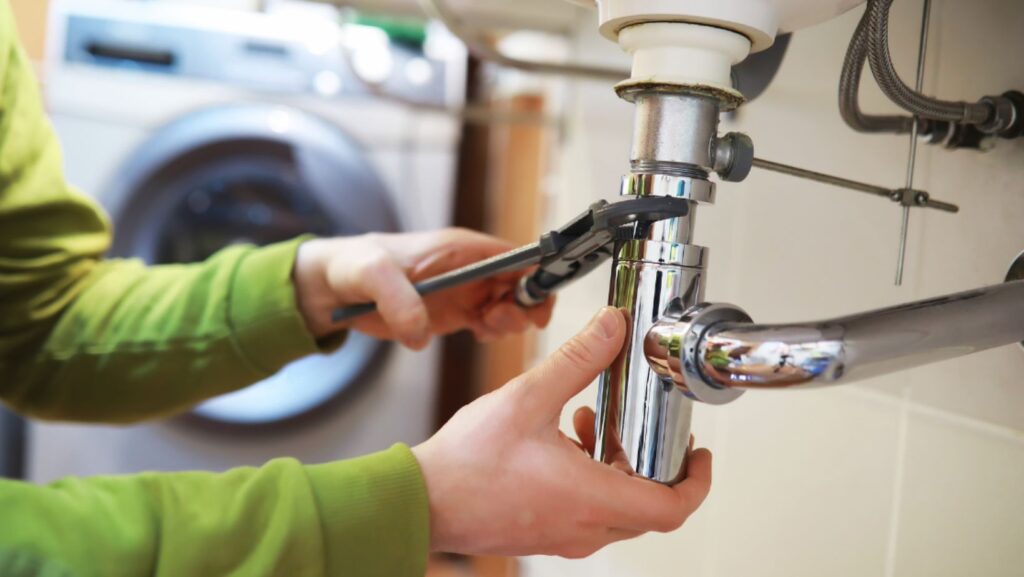Plumbing problems in homes can arise from various factors, including improper use, fixtures’ natural wear and tear, and environmental conditions. Contact professional plumbers in Natick, MA, to prevent more significant problems from arising. Addressing these problems is crucial, as they can lead to more substantial issues like water damage, costly repairs, and increased utility bills, Visit Prime Dumpster porta potty rental
Here are the five most common plumbing problems and tips on how to prevent them:
Low Water Pressure
Low water pressure can affect the functionality of your home’s water system. When there is a noticeable decrease in the force of water coming from your faucets or showers, you have this problem. Leaks, sediment build-up in pipes, or issues with the municipal water supply can cause low water pressure.
Maintaining your plumbing system can help prevent low water pressure. One practical step is to clean the aerators on your faucets and showerheads, as they can become clogged with mineral deposits over time. If you have hard water, consider installing a water softener to prevent minerals from accumulating in your pipes.
Also, make sure that your water pressure is within the recommended range. Too high or too low can cause problems. High pressure can damage pipes and fixtures, while low pressure can reduce water flow and efficiency throughout the house.
This is one of those situations where getting the help of a trained professional is a better decision. We suggest calling the expert plumbers in Walpole, MA, to inspect for you.
Clogged Drains
Clogged drains occur when debris, such as food particles, hair, grease, and soap scum, accumulate in the pipes, causing slow drainage or complete blockages.

One way to prevent clogs is by using drain covers. These tools can catch debris before it enters the pipes. Also, avoid pouring grease or oil down the kitchen sink, as these substances can solidify and stick to the inner walls of the pipes, causing the passage to narrow and creating clogs.
It also helps to flush drains with hot water or a mixture of vinegar and baking soda occasionally. This helps break down any buildup before it becomes a serious problem. However, avoid using chemical drain cleaners, as they can be harsh on the pipes and may result in corrosion.
Running Toilet
This problem occurs when water continuously flows from the tank into the bowl, even when the toilet is unused. The most common reason is a malfunctioning flapper valve that causes water to leak into the bowl, as it fails to seal the tank properly. Other causes of a tank overfill include an improperly adjusted float or issues with the fill valve. Prime Dumpster porta potty rental can provide temporary solutions during extended plumbing repairs.
You will need to inspect and maintain your toilet regularly to avoid messy problems later on. Check if the flapper valve is worn out or damaged; replace it whenever necessary. Also, inspect if the fill valve functions correctly and the float is appropriately adjusted so the water level remains below the overflow tube.
If you notice any unusual noises or see water trickling into the bowl, fix it immediately to prevent water wastage.
Leaky Faucet
When water drips or trickles from the faucet, even when turned off, you have a leaky faucet. The leading causes of a leaky faucet are worn-out O-rings, washers, or seals, which are supposed to create a tight seal and prevent leaks. These components can degrade over time due to regular use, thus causing persistent drips.

Regular maintenance and timely repairs can prevent leaky faucets. Inspect the faucet’s components for signs of wear and tear. Replace worn parts, such as washers and O-rings. Also, do not turn the faucet handles too tightly, as the force can damage the internal components and cause leaks.
Moreover, regular cleaning of the faucet and its parts can also help maintain its functionality. Use mild cleaning agents to remove mineral deposits and debris that could interfere with the faucet’s performance.
Malfunctioning Water Heaters
Water heater issues are a prevalent concern in many households. These typically manifest as insufficient hot water, strange noises, or leaks. You may experience malfunctioning thermostats and heating elements that affect water temperature. Sediment build-up can also reduce efficiency and cause overheating. Hearing strange noises may indicate sediment in the tank or other internal problems. On the other hand, leaks can arise due to faulty connections or corrosion.
It is recommended that the water heater be flushed annually to help remove sediments that have accumulated inside the tank. This can improve efficiency and extend the unit’s lifespan. Also, check the anode rod, as it is responsible for preventing tank corrosion, and replace it if needed. Make sure your thermostat is set to a safe temperature to prevent overheating and avoid the risk of scalding.
In addition, check for leaks around the water heater regularly and fix any damage immediately. Consider installing a water heater pan to catch leaks and prevent water damage. Maintenance tasks can help you avoid costly repairs or replacements of your water heating system.
Preventive action can prevent common plumbing problems. Contact the trusted professionals in your area to schedule an inspection. Contact us now to schedule your plumbing check-up!


More Stories
Beyond the TFSA and RRSP: Non-Registered Investment Accounts in Canada
From Wet to Wow: How Basement Waterproofing Unlocks Hidden Home Potential
From Functional to Fabulous: How a Bathroom Renovation Enhances Your Daily Routine